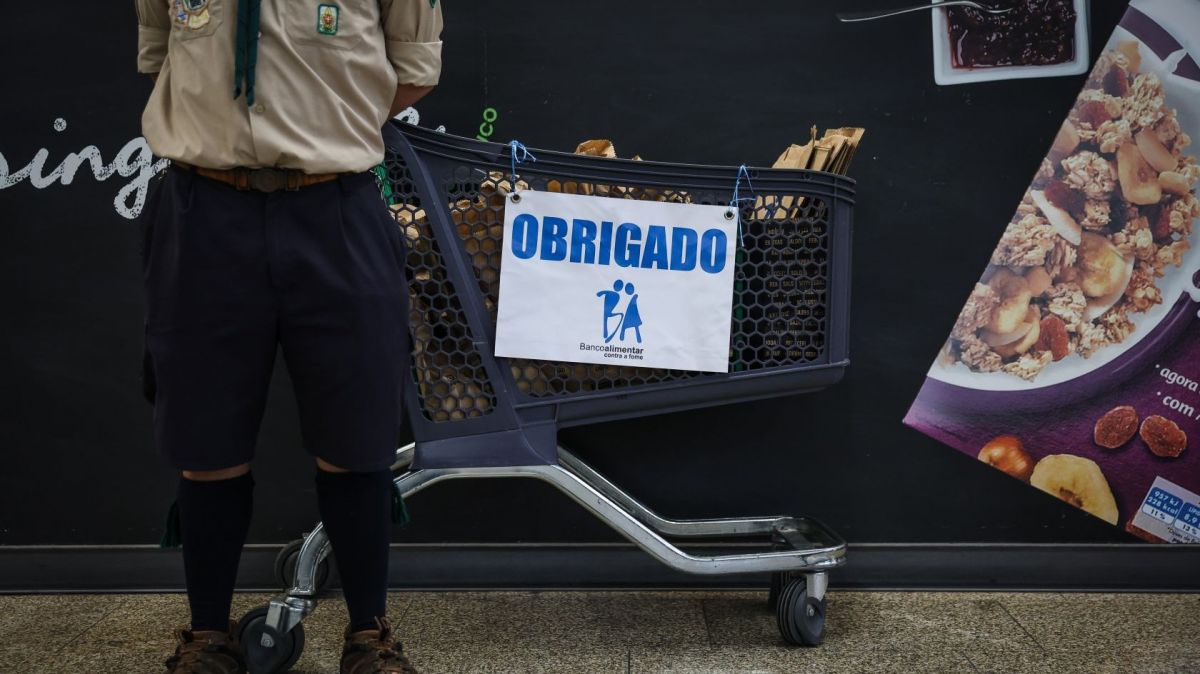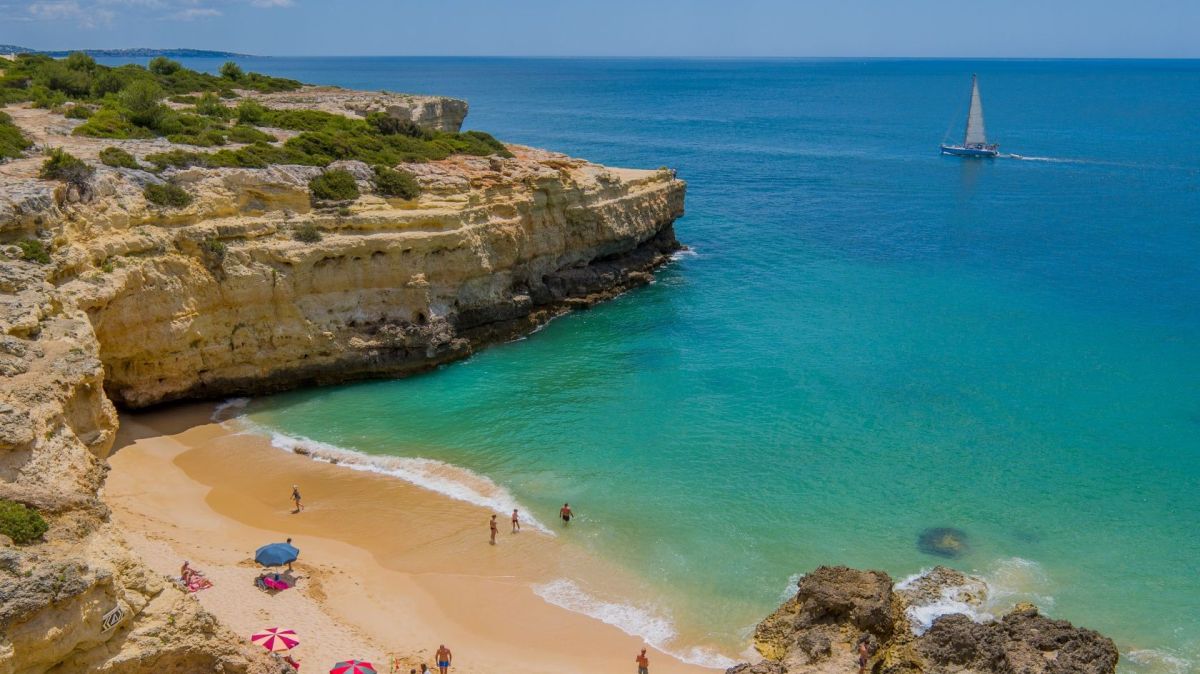The collection is managed by Parups and Parvalorem, two state entities created in 2010 to manage the assets and recover the credits of the former BPN, and whose new board, chaired by Sofia Torres, takes office on Monday, replacing the one chaired by Francisco Nogueira Leite.
According to the companies’ reports and accounts for 2017, published this month, they hold a total of 196 artworks whose value is estimated at between €4.1 million and €6.1 million. Of these, 156 are by Portuguese artists and 40 by foreign artists, mainly from the 20th century.
A new valuation is being carried out by specialists, as well as a physical recount of the works, and a check on their state of conservation, the documents state.
The outgoing board had deposited three paintings by Maria Helena Vieira da Silva at the Fundação Arpad Szenes-Vieira da Silva in Lisbon. Excepting these pieces, the collection - which had previously been kept in the vaults of state bank Caixa Geral de Depósitos – has since December 2016 been looked after by specialist company Iterartis, with insurance from multinational Hiscox.
On several occasions, the board had asked for instructions from the government on what to do with the artworks – most recently a year ago – but with no definitive response.
Contacted by Lusa, the office of the minister of culture, Graça Fonseca, said that the fate of the works is “to be analysed by the departments of culture and finance".
The BPN collection included the controversial works by Joan Miró that were originally to be auctioned abroad, but ended up staying in Portugal after an outcry prompted the current Socialist government to keep them in Portugal. But it also comprises works by renowned Portuguese artists such as Paula Rego, Amadeo de Souza Cardoso, Mário Cesariny, Rui Chafes, Eduardo Batarda and António Dacosta.
Other artists represented in the collection include João Pedro Vale, Pedro Calapez, Carlos Calvet, Vasco Araújo, Joaquim Rodrigo, Ana Vidigal, Eduardo Nery, João Penalva, Fernando Calhau, João Vieira, Nadir Afonso, Eduardo Batarda, António Sena, José Pedro Croft, Nikias Skapinakis, João Penalva, Pedro Casqueiro, Jorge Martins and Carlos Calvet.
In 2015 the then board had publicly announced its intention to put the works up for sale in Portugal, with the proceeds going to improve the bank's balance sheet, but the initiative did not materialise.









